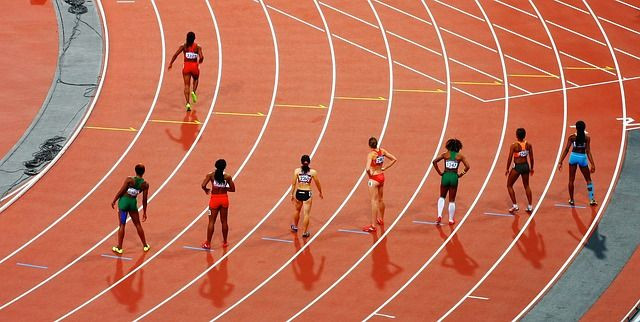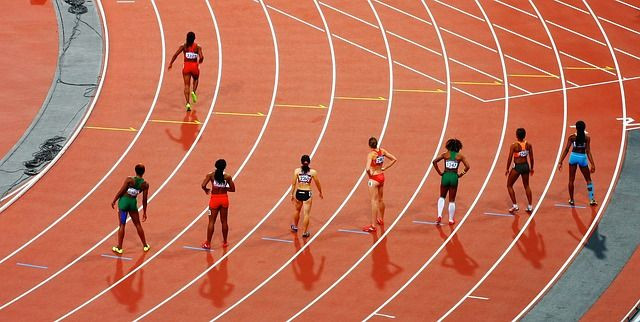Rio Olympics Doping Facts: How Performance-Enhancing Drugs Work And The Risks

It wouldn’t be an Olympics without a “doping scandal,” and the 2016 Rio Olympics has already seen its fair-share of doping athletes. Unfortunately for athletes, from those in the minor leagues to Olympic champions, the desire to win often causes them to oversee the many serious and often deadly side-effect of these drugs.
Most performance-enhancing drugs fall into two categories: anabolics and stimulants. Stimulants boost heart rate and other body functions while anabolic steroids stimulate the growth of muscles. Which type of performance-enhancing drug an athlete chooses to use depends on the nature of their sport. For strength and power, the best-known drugs are anabolic steroids. These drugs mimic the way testosterone works in the body and triggers protein synthesis, which, when used correctly in combination with exercise, can lead to a 38 percent increase in strength in men, and even more in women, Nature reported.

Human growth hormone also helps to spur muscle growth by increasing levels of the protein insulin-like growth factor 1 (IGF1). On the other hand, stimulants directly affect the nervous system to speed up your brain´s activity. This causes users to experience rushes of adrenaline and energy — both of which are useful in competitive sports.
In endurance sports, where stamina is more important than strength, athletes can get dramatic results from blood doping. Blood doping, which is either done through blood transfusions or by taking injections of erythropoietin (EPO), aims to increase the number of oxygen-carrying red blood cells.
However, most athletes use a combination of many different types of performance-enhancing drugs. For example, UK sprinter Dwain Chambers was disqualified from the 2003 Olympics after it was revealed that he used a cocktail of drugs to improve his performance. These included two anabolic steroids — a designer drug and a testosterone cream — to accelerate recovery; the hormone erythropoietin (EPO), which increases production of red blood cells, to allow him to do more repetitions in training; human growth hormone for recovery; a thyroid hormone called liothyronine to decrease sluggishness; and a narcolepsy drug called modafinil to increase mental alertness and reaction time, Nature reported.
Olympic athletes who have been caught doping usually must hand in any medals they have won, The New York Times reported. These bans aren’t just meant to help level the playing field. Doping comes with some serious health risks. For example, steroids can cause high blood pressure, thickening of the heart valves, decreased fertility and libido. In addition, steroids are also reported to bring about physical changes in a user's appearance such as chest hair in women and shrunken testicles in men. Blood doping is also highly risky, as boosting the number of red blood cells thickens the blood, which in turn can increase the risk of having a stroke and developing heart disease.



























